Affiliate links on Android Authority may earn us a commission. Learn more.
Apple's new pricing strategy: Is it good news or bad news for Android?
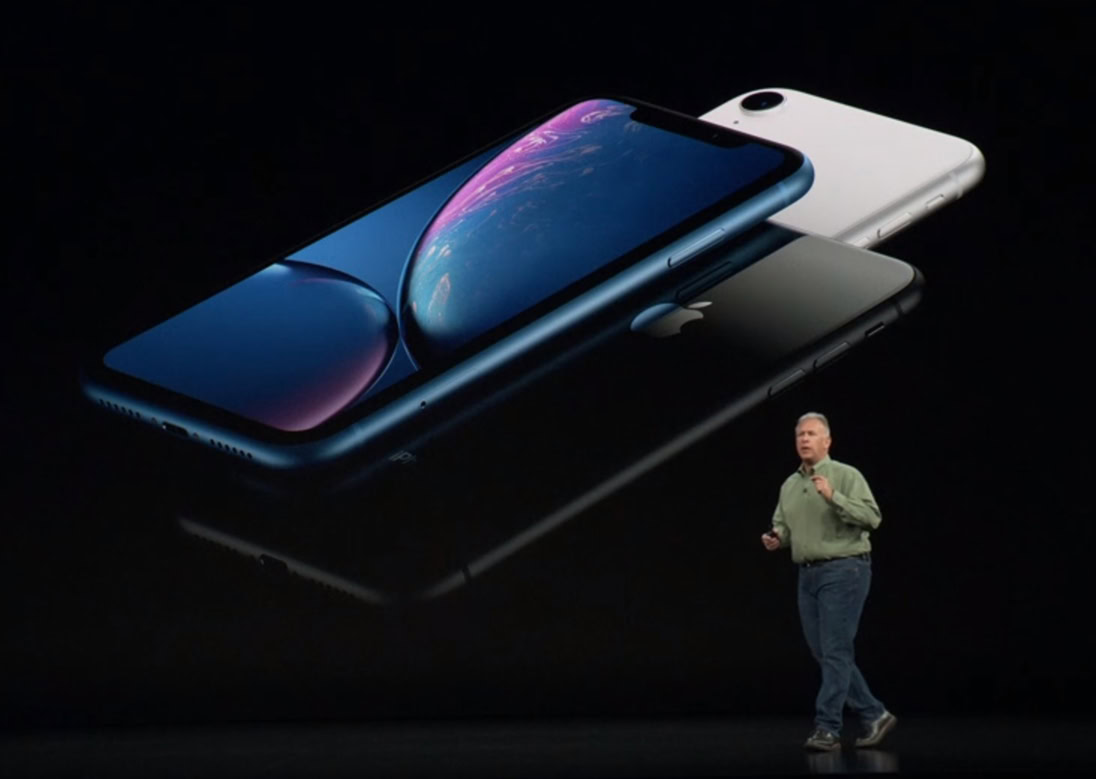
Earlier this week, Apple launched three new iPhones: the iPhone XS, the direct follow-up to last year’s iPhone X; the iPhone XS Max, a larger version of the iPhone XS; and the iPhone XR, a cheaper model that is larger than the iPhone XS but with lower-end hardware.
Apple revealed that the pricing for the iPhone XR will start at $749 while the most expensive variant of the iPhone XS Max with 512GB of storage will cost $1,449. In other words, unless you want to buy an iPhone that is a year old or older, the least amount of money you can spend is $749.
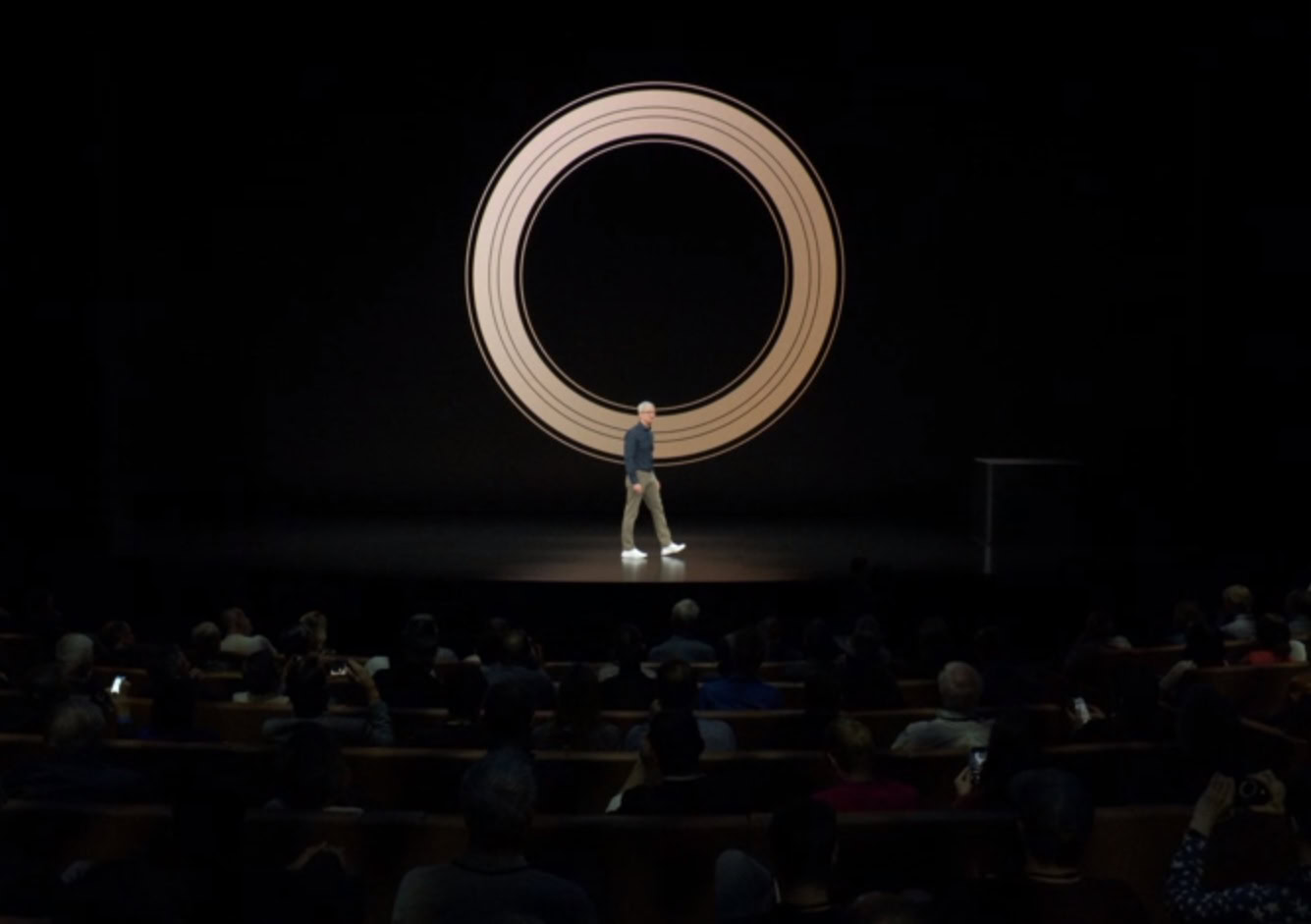
Believe it or not, what Apple does with its pricing has a large effect on the smartphone industry as a whole. Sometimes, its pricing strategy is a boon for Android, like in India where Apple phones are far too expensive for the majority of citizens, leaving the market wide open for Android to sell millions of phones in the sub-$500 price range.
Other times, however, Apple’s pricing pushes the upper limits of what Android OEMs will charge for their phones, which results in more expensive flagships each year.
The big question is, what will Apple’s new pricing strategy for 2018 mean for Android for the immediate future?
It could be good news
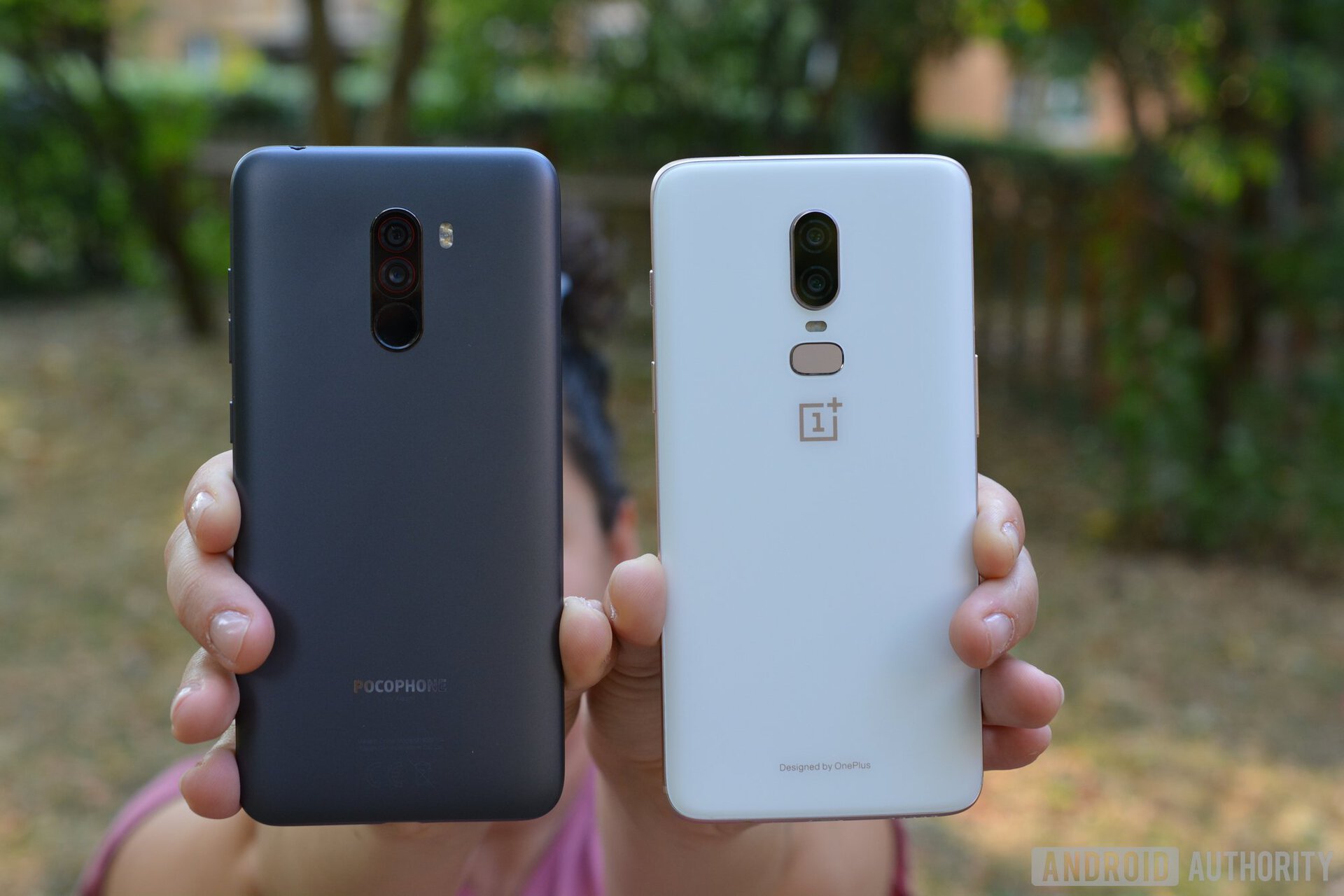
The example above about smartphone pricing in India applies to other countries as well. In China, for example, Android phones dominate the market, and most of them are mid-rangers with good specs, interesting designs, and relatively low prices. The iPhone makes it into the top ten, but Apple’s wares are more of an anomaly than in countries like the United States and Japan, where Apple phones dominate the entire list.
Take a look at this chart related to China to see what I mean:
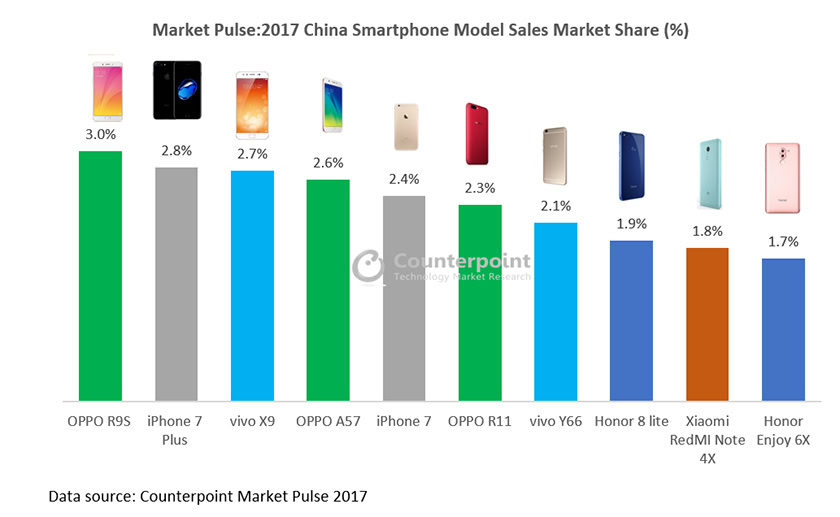
Then take a look at these figures for Japan and the United States in 2018:
The general takeaway from charts like these is that Apple has a firm grip on wealthy countries where the majority of citizens can afford to spend over $750 on a smartphone each year. But in countries where that’s not the case, Apple barely has legs to stand on.
What this does is create a huge hole in the smartphone market that other OEMs are eager to fill. That’s why companies like Huawei, Xiaomi, OnePlus, Oppo, Vivo, etc., are all releasing innovative and interesting Android smartphones with prices in the average range of $500 or less.
This year, Apple is doubling-down on the fact that its customer base is wealthy. Four years ago, Apple released the iPhone 6 and iPhone 6 Plus, which went on to be one of the best-selling iPhone lines yet for the company. The starting price for those two phones — its highest-end available models — was $649 and $749 respectively.
Let that sink in for a minute. Four years ago, the starting price of the biggest, most expensive iPhone of the year was $749 — the same starting price for the iPhone XR this year, which is Apple’s lowest-priced (new) model.
What Apple is clearly trying to do is to push consumers to spend more and more money on the iPhone. Each year, it raises the price a little so that no one gets sticker shock, until — in just four year’s time — the pricing for the low-end and the high-end have completely switched.
This could be great for us Android users as Apple is moving further up in price leaving more of a hole for Android OEMs to fill. In other words, the mid-range market is going to get bigger, which means more innovative phones with great specs and relatively low prices.
Or, it could be bad news
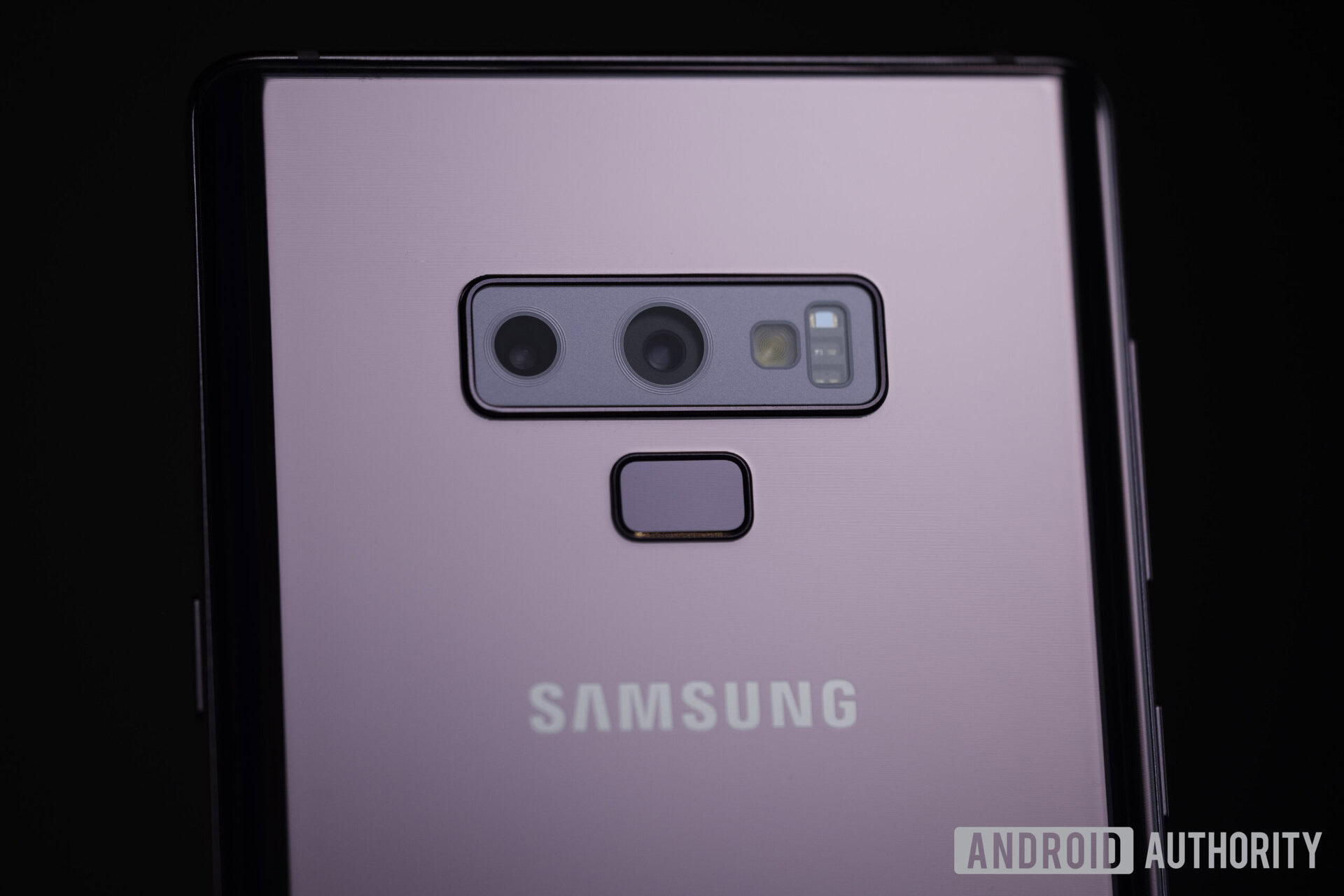
Although Apple’s new pricing strategy essentially makes the mid-range larger, it can’t be denied that it also moves the high-end further up. This could result in premium Android flagships like the Samsung Galaxy Note line moving up into the same pricing tier.
This year, we already saw the Samsung Galaxy Note 9 start at a whopping $999, with its highest-end offering coming in at an insane $1,249. Sure, the highest-spec’d iPhone XS Max is still $200 more expensive at $1,449, but it’s clear that Apple is going to make Android OEMs feel like they can charge that kind of money for their ultra-premium flagships.
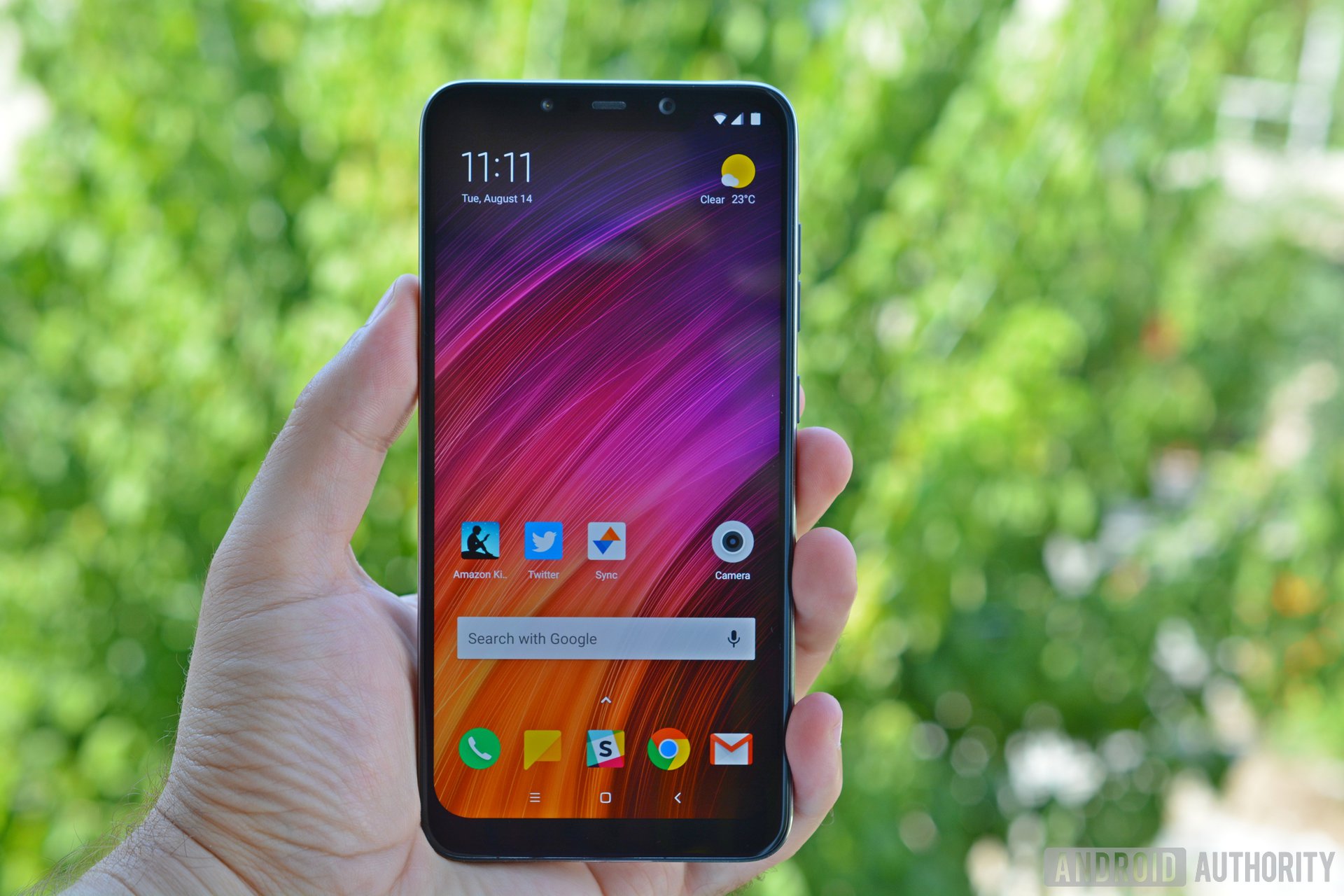
Now, the Galaxy Note line is the most expensive general Android smartphone on the market (if you ignore ultra-niche phones). It makes sense that its pricing would be close to Apple’s. But we’re also seeing other Android OEMs release devices at ever-higher prices, like the HUAWEI P20 Pro ($1,100), the Sony Xperia XZ3 ($899), and the LG V35 ThinQ ($899). Even OnePlus — one of the kings of the Android mid-range market — is pushing its pricing ever-closer to the pricing of something like the Samsung Galaxy S9.
It very well could be that Android OEMs will see Apple’s pricing for the new iPhones and think to themselves, “Great, now we have permission to keep pushing the limit.”
It will likely be a little bit of both
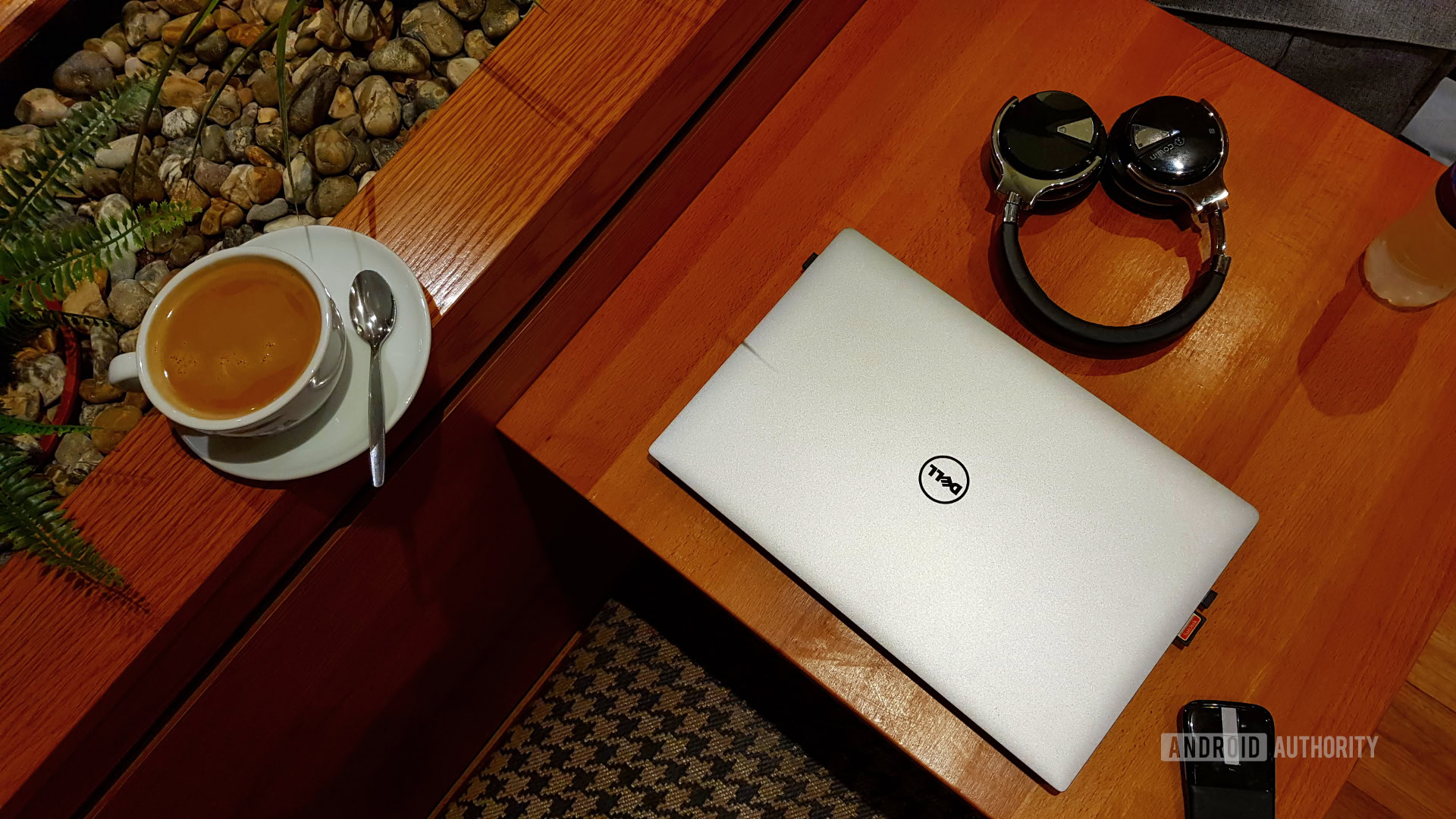
In my opinion, both things are going to happen simultaneously. Android OEMs will continue to release flagship devices poised as iPhone competitors with sky-high pricing to match, while also releasing very capable mid-range devices that come in under the iPhone XR’s price of $749. Certain features will move out of the mid-range and into the premium market, like glass-and-metal builds, premium cameras, and device-specific novelties like Samsung’s S Pen and Apple’s latest Face ID technology. Meanwhile, other features will stay in the mid-range like the fastest chipsets, high-resolution displays, large batteries, etc.
The result might even be similar to what we have now with laptops, where a budget- to mid-range model (anything less than $500) will essentially be a bare-bones affair, a mid- to high-end model (anything between $500 and $1,000) will probably do everything you need, and a premium model ($1,000+) will be the best-of-the-best with a few extra bells and whistles (or an ultra-expensive gaming machine).
We might want to brace ourselves for the smartphone industry to look a lot like the laptop industry.
While people’s feelings towards laptops are much different than their feelings towards smartphones, it’s entirely possible that people could start to approach buying a smartphone in the same way they approach buying a laptop:
- Buy something super cheap that barely gets the job done and replace it after a year or two of use with a similarly-priced budget model. Repeat.
- Buy something in the mid-range that puts some stress on your bank account but is ultimately affordable, but feel no passion towards it because it’s not the latest-and-greatest and carries no status symbol value. Keep it for as long as possible because it’s a tool and you need it.
- Buy something incredibly expensive that you can’t really afford but is your pride and joy. Hold onto it for as long as possible because you paid through-the-nose for it and it’s gotta last.
This hypothetical endgame doesn’t affect Apple at all, because its customers are always going to buy the premium products. But for Android OEMs, it could be disastrous. If we’re only buying mid-range devices that we have no passion towards every few years, that could decimate the market and — eventually — leave only a few prominent OEMs standing.
I’m extrapolating here but you see the issue: smartphones can only be so expensive before the entire perceived value of smartphones starts to disappear. Luckily, OEMs (including Apple) still have carrier subsidies on their side. It’s easy to hide the “sticker shock” when consumers only see a monthly payment rather than the full, unlocked price. But that can only go so long as well before even the monthly payment is out of reach.
Hopefully, I’m wrong. Hopefully, what will actually happen is that Android OEMs will see Apple’s price increase and say, “Let them have it,” and instead focus on delivering awesome phones that always stay below $1,000. Then Apple can dominate the very small, ultra-super-duper-premium market, and Android can dominate everything else.
Android OEMs should be thinking long and hard about what Apple’s event this week means for them.